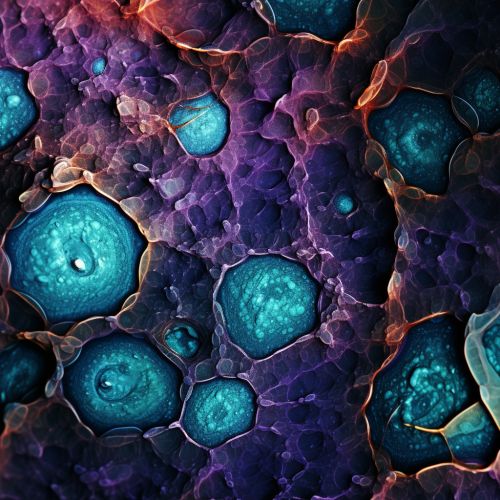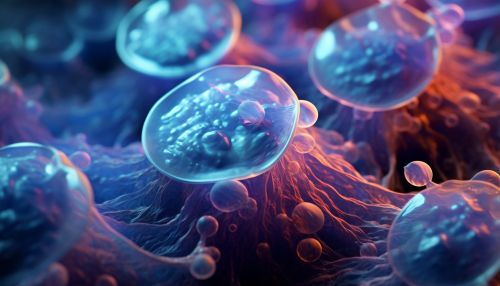HeLa
Introduction
HeLa is a cell type in an immortal cell line used in scientific research. This cell line was derived from cervical cancer cells taken from Henrietta Lacks, a patient who eventually died from her cancer on October 4, 1951. The cell line was found to be remarkably durable and prolific, which warrants its extensive use in scientific research. The HeLa cell line has contributed to many scientific breakthroughs, including the development of the polio vaccine and advances in cancer research.
Origin
The HeLa cell line was derived from a sample of cervical cancer cells taken from Henrietta Lacks during a biopsy in 1951. The cells were cultured by George Otto Gey, a cell biologist at Johns Hopkins Hospital, who discovered that they could be kept alive and would multiply. This was a significant breakthrough, as prior to this, cells cultured for laboratory studies survived for only a few days at most. The HeLa cells were the first human cells to be successfully cloned in 1953, which has made them invaluable for medical and biological research.


Characteristics
HeLa cells are known for their ability to divide indefinitely in culture. This is due to the presence of an active version of the telomerase enzyme during cell division, which prevents the incremental shortening of telomeres that is implicated in aging and eventual cell death. In addition, HeLa cells are easily grown and maintained in labs, making them a popular choice for researchers.
HeLa cells have a modal chromosome number of 82, with four copies of chromosome 12 and three copies of chromosomes 6, 8, and 17. They have been found to contain an enzyme called reverse transcriptase, usually associated with retroviruses, which can generate DNA from RNA templates, a property not found in normal human cells.
Applications
HeLa cells have been used in testing how various viruses will act on the human body. For example, by injecting the cells with poliovirus, researchers were able to study the virus's effects and eventually develop a vaccine. HeLa cells have also been used in cancer research, as well as to test human sensitivity to tape, glue, cosmetics, and many other products.
In addition, HeLa cells have been used to study the effects of radiation, toxic substances, and disease on human cells. They have been instrumental in studying cellular processes such as protein synthesis and the effects of drugs on cells. The cells have also been used in the development of in vitro fertilization techniques.
Ethical Issues
The use of HeLa cells in research has raised several ethical issues. At the time of Lacks' treatment, there was no established practice for obtaining informed consent for tissue samples, especially for research purposes. The cells were used without Lacks' knowledge or consent, which has led to controversy and legal action. In 2013, the Lacks family and the National Institutes of Health reached an agreement to require scientists to apply for access to the cells' genomic data.
Legacy
The HeLa cell line has had a profound impact on modern medicine and research. It has been used in more than 74,000 studies, and its contributions to science include aiding in the development of the polio vaccine, advancements in cancer research, and the study of the effects of zero gravity on human cells. The story of Henrietta Lacks and her immortal cells has also sparked discussions about medical ethics and patients' rights.
